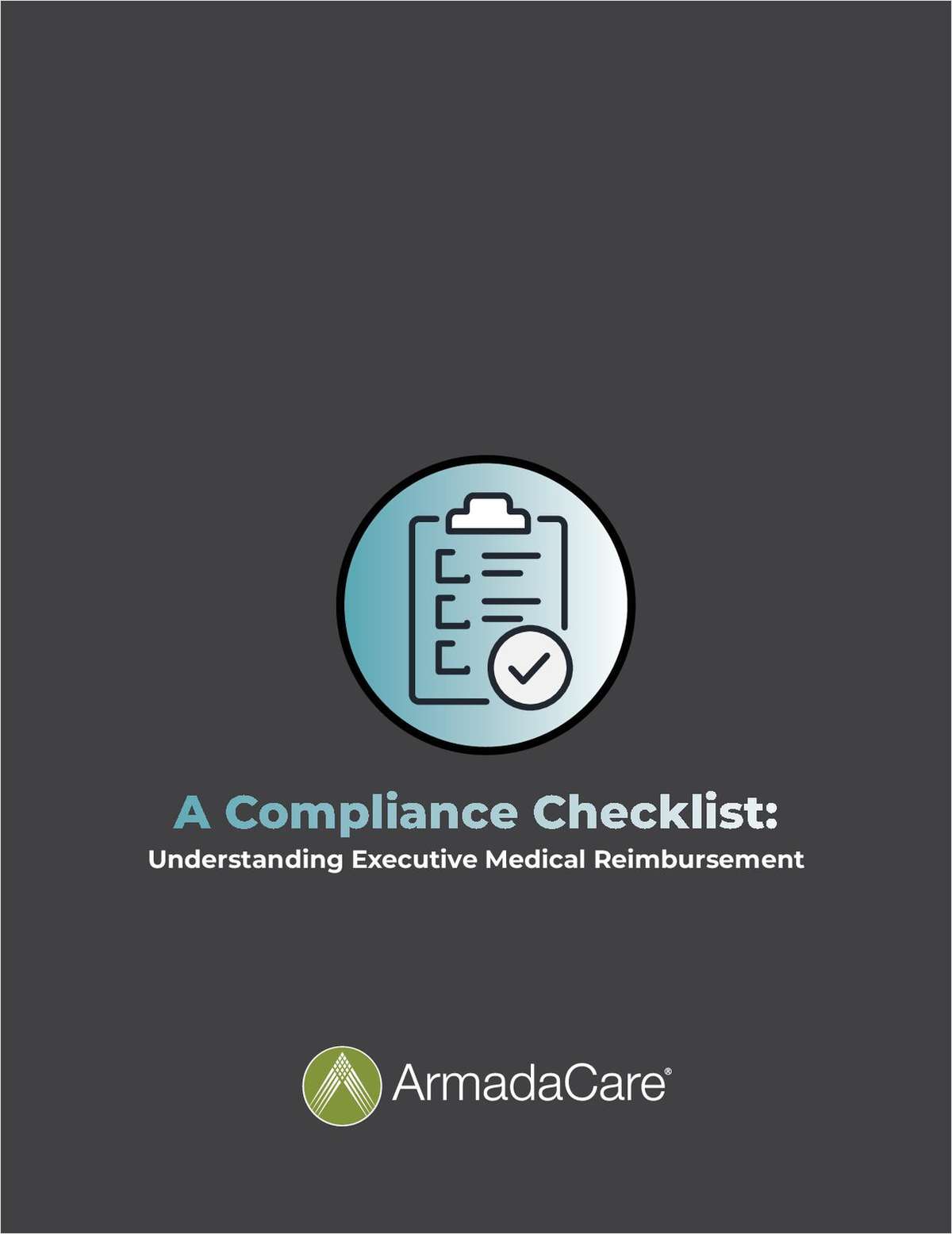The “Cadillac tax” has been top of mind lately for many business owners, mainly because they are still unsure of how the tax will affect their business. Proponents of the tax predict it will decrease health care costs by discouraging employers from offering high cost health plans and, instead, paying their employees more. Supporters of the Cadillac tax also expect it will cut health care costs by reducing free-spending health plans, which in turn can reduce the overall demand for health care services and make it more difficult for health care service costs to increase. The hope is that everyone, even those whose health plans are not affected by the implementation of the tax, will benefit from the reduced cost of care.
However, one of the biggest issues people have with the tax is whether or not it will mean the end of pre-tax benefits like flexible spending accounts (FSAs) and whether it will shift an increasing portion of health care costs to employees. Although the tax won’t be implemented until 2018, companies should understand how they can start offering benefits in the next two years that won't trigger the tax. The various regulations are a lot to take in, so it’s important for brokers to ensure their clients are a step ahead of any potential penalties and planning accordingly.
What is the Cadillac tax?
The Cadillac tax will impose a 40 percent tax on the portion of a health care plan that exceeds the threshold of $10,200 a year for individuals or $27,500 for families.1 These thresholds will increase in future years since they are indexed for inflation.
The tax is paid by insurance providers, and if there are multiple carriers, each carrier will pay the percentage of the excise tax equal to their percentage of the total premiums. Since the tax is based on an employee’s total benefits package, employers are currently responsible for calculating the tax and reporting each provider’s portion of the tax to the IRS. However, it is employers – not providers – who may be penalized for incorrectly calculating the tax, making it important for brokers to ensure their clients understand the nuances of reporting.
The tax only applies to the employer- and employee-paid portions of pre-tax group employer-sponsored coverage. This includes health coverage, FSAs, health savings accounts (HSAs) and retiree coverage, among others.
How can brokers help employers prepare?
There are still two years left before the Cadillac tax deadline, and brokers can help clients by giving them tools and resources to better prepare for and understand the implications of the law. Brokers can help clients assess their current health benefits offerings and discuss cost-saving and cost-accountability measures they can take.
In addition, brokers should help employers create long-term solutions for managing health plan costs in a way that will not trigger the tax. Here are a few options brokers can suggest to clients:
1. Wellness. Through wellness efforts, workforces can become healthier and would theoretically require less-expensive health plans. According to a recent Mercer survey, 42 percent of employers were considering adding or expanding programs to improve employee health, specifically to avoid the excise tax.2 Since the tax is implemented on high-cost health plans, having an overall healthier staff can decrease the chances of employers triggering the tax. Also, the ACA adjusts the threshold for the tax based on the age of workers and high-risk professions, so these workers are not penalized.3
2. Private exchanges. Based on the client, it may make sense to suggest they send employees to a private exchange and provide a stipend for health benefits. Although this will not lower the cost of health insurance for the employers, employees who switch to defined contributions choose less expensive plans, according to a Bloom study. The study highlighted that the average health insurance spending per employee in their private exchange was $8,390.4
3. Voluntary benefits. Many voluntary insurance policies are post-tax and are not included in the Cadillac tax calculation. These policies help provide an extra layer of financial protection for accidents and illnesses for out-of-pocket medical expenses that may not be covered by major medical insurance. Voluntary policies offered on a pre-tax basis, such as specified disease and hospital indemnity products, are included in the Cadillac tax. So, employers concerned about triggering the tax can talk to their broker or benefits consultant about after-tax options to continue to offer their employees these benefits without contributing to the plan cost.
Plan now
Since the Cadillac tax is still a couple of years away, brokers can help clients prepare by being a valuable resource. As it stands, the Kaiser Family Foundation predicts that approximately one-quarter of health plans may be hit by the Cadillac Tax in the first year of implementation. Brokers should sit down with clients to ensure they understand what those pre-tax plans are and how to build out the most effective benefits package for their employees and their bottom line.
This article is for informational purposes only and is not intended to be a solicitation.
1. Bloomberg BNA, “Employers May Cut FSAs to Dodge Cadillac Tax,” Sept. 28, 2015, accessed Oct. 13, 2015 - http://www.bna.com/employers-may-cut-b57982058830/
2. Mercer, “The winning streak continues as employers predict another year of low health benefit cost growth,” Sept.16, 2015, accessed Oct. 13, 2015 - http://www.mercer.com/newsroom/The-winning-streak-continues-as-employers-predict-another-year-of-low-health-benefit-cost-growth-in-2016-mercer-survey.html
3. Kaiser Family Foundation, “Summary of the Affordable Care Act,” April 25, 2013, accessed Oct. 21, 2015 - http://kff.org/health-reform/fact-sheet/summary-of-the-affordable-care-act/
4. Kaiser Family Foundation, “Examining Private Exchanges in the Employer-Sponsored Insurance Market,” Sept. 2014, accessed Oct. 13, 2015 - http://files.kff.org/attachment/examining-private-exchanges-in-the-employer-sponsored-insurance-market-report
Complete your profile to continue reading and get FREE access to BenefitsPRO, part of your ALM digital membership.
Your access to unlimited BenefitsPRO content isn’t changing.
Once you are an ALM digital member, you’ll receive:
- Breaking benefits news and analysis, on-site and via our newsletters and custom alerts
- Educational webcasts, white papers, and ebooks from industry thought leaders
- Critical converage of the property casualty insurance and financial advisory markets on our other ALM sites, PropertyCasualty360 and ThinkAdvisor
Already have an account? Sign In Now
© 2025 ALM Global, LLC, All Rights Reserved. Request academic re-use from www.copyright.com. All other uses, submit a request to [email protected]. For more information visit Asset & Logo Licensing.








